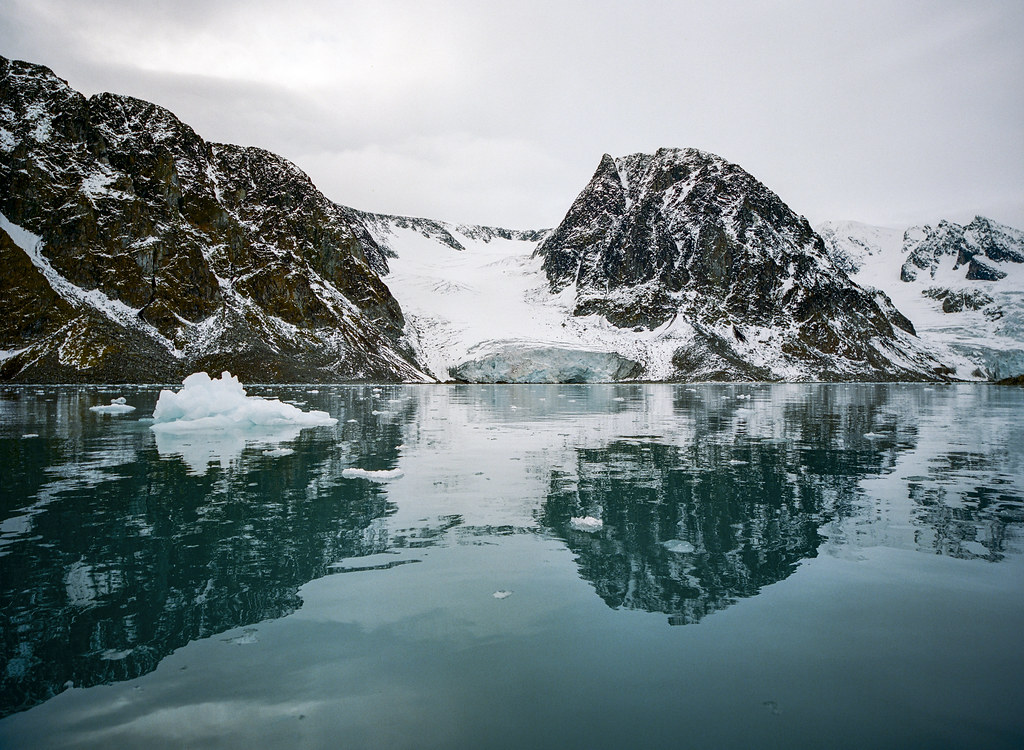Ss
Finland is a country which I only briefly have visited along the boarder of Sweden. I still find I have a connection to Finland as my grandfather is Finnish. Yet again the video above created by Geography now is a great video for learning about Finland. I would highly recommend that you watch that video before reading the rest of this. The first thing one should not about Finland is that it is not part of Scandinavia. It is located to the east of Scandinavia and west of Russia. The capital city is Helskinki which is the second northern most capital in the world after Reykjavik, Iceland. The Finnish language bears no resemblance to the northern germanic languages and is in fact part of its own language group. It has over 180'000 islands part of the Åland archipelago, which is an autonomous region but belongs to Finland and... they speak Swedish. The Northern part of Finland is within the arctic circle which means it experiences the midnight sun during the Summer in the North and barely any sun during the Winter, however you may see the aurora borealis. It is also notable for being the home of Santa Clause.
Finland is a relatively flat country apart from in the north where the highest peak is mount Halti (which technically belongs to Norway, but Norway plans on giving it to Finland this year because of its 100year anniversary of independence. Finland is within the top three countries for air quality, which may be because over 80% of the country is covered in forestry. This makes Finland the biggest producer of wood in the EU. There is over 188'000 lakes in 'lakeland'. Finland is the most 'swampy' country in the EU. The finish for swamp is 'suo' and the Finnish for Finland is 'Suomi'. There is perhaps a connection.
There is 5.5million people in Finland is the most sparsely populated country in the EU. The main language is finish as I have mentioned. Finnish is arguably one of the hardest languages to learn because of the immensely complicated grammar rules. Even so, Finland has arguably the best educated system in the world. Because of this, Finland has very good proficiency in english. Finland is also one of the remaining countries in the world that still has conscription. Which demands usually in the region of one year of military service. Åland is exempt but, they have to serve in some other part of the civil service. Saunas were invented in Finland and are a massive part of their culture.
Finland is a country which I would like to visit again and perhaps more thoroughly the next time.
Thanks !

